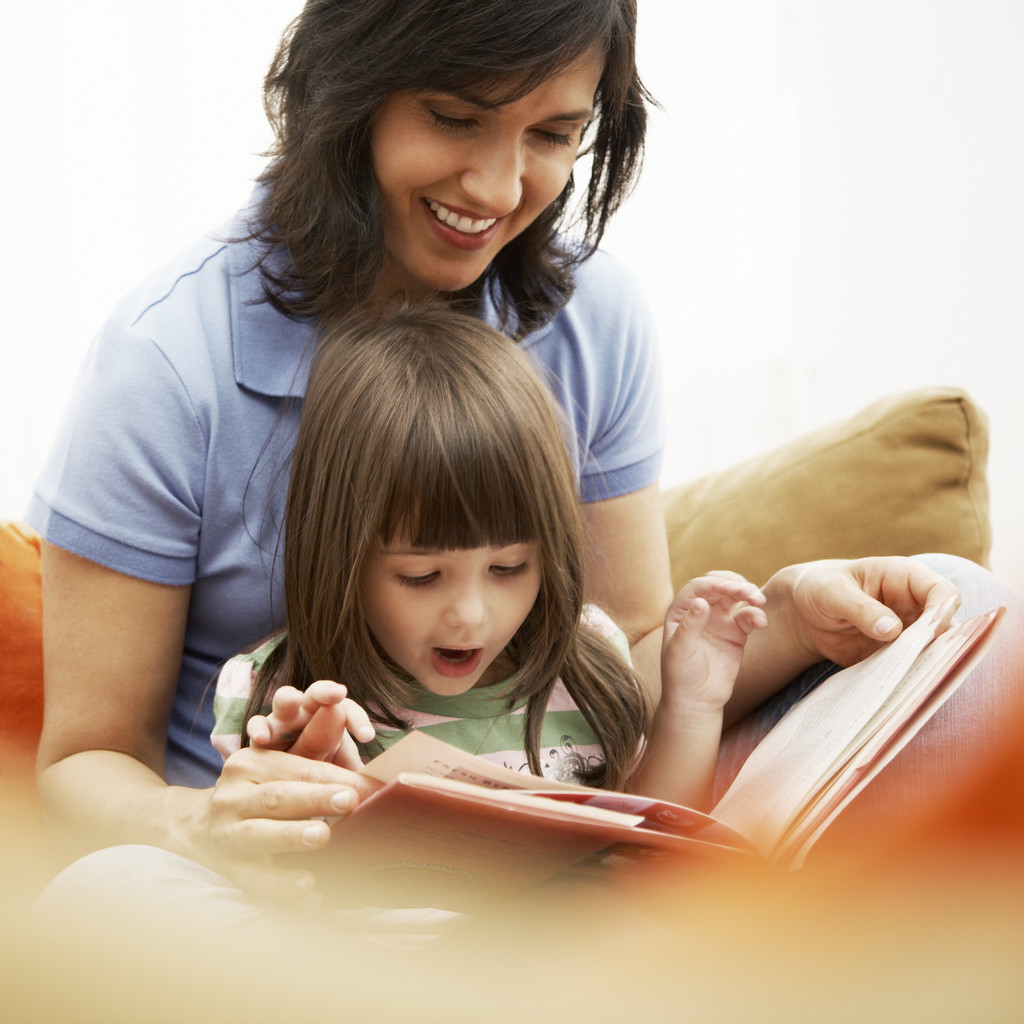Most of us know by now that today’s Kindergarten is not the Kindergarten of our past. Its focus is no longer play and make-believe, but about making strides toward literacy and academic preparedness for the many years of education ahead. Those of you who have had a child go through Kindergarten recently know how much is expected of them in this precious precursor to their first year of elementary school. Students are, amongst many other things, expected to already know many of the basics upon entering Kindergarten: name writing, alphabet recognition and sounds, number recognition, alphabet and number writing, shape recognition, color recognition, social competency, spatial awareness, and the list goes on. How does one make sure that their little one is truly ready to meet Kindergarten expectations? The answer may not be what you think.
From the moment you decided to embark on the journey of parenting, you also, in that moment decided to be a teacher. You are your child’s first and best teacher. You know them better than anyone: their strengths, their weaknesses, what makes them happy and sad. You are the perfect person to teach them the ways of life including educating them. Our society too often passes the blame for educational failures onto the teachers and the educational system, and while both may potentially contribute to a students’ educational failure, the true reason is in fact much closer to home.
On that magical day when our children are born, we begin educating them. We teach them how to walk and talk, to say please and thank you. As they grow older we teach them how to be independent and use the potty on their own, tie their shoes and brush their teeth. As their teacher, don’t we owe it to our children to also begin giving them the tools they need to be successful students? In this internet-age all of the information we need to navigate the task of educating our children is at our fingertips. So, you may ask, what is the first step?
The first step in educating your child starting with the pre-kindergarten years is knowledge. You must first know what the expectations are of your child once they reach Kindergarten. In the state of California these expectations are called “content standards” and are readily available for viewing at the State of California’s website: http://www.cde.ca.gov/be/st/ss/. The standards are organized by subject matter and provide a detailed description of what is expected of students at every grade-level. While the language used within these standards can be daunting to read, they will give you an understanding of the skills your child needs to acquire before entering first grade.
Assessing the amount of time you can commit to educating your child is an important second step. For households with two working parents, there is little time in the day to effectively teach all that is expected. For these parents, sending their child to a quality preschool may be the best choice. For other households, where a parent is home throughout the day and the amount of time they have to dedicate to teaching their child is greater, enrolling in preschool part time or a “homeschool preschool” approach may be the best fit. Whatever choice you make as a parent keep in mind that being your child’s teacher does not always mean that you are the one teaching them. Being your child’s teacher means that you are taking an active role in their academic career and placing them on the path to educational success.
The third (but far from final) step in educating your child is to bring school home. If you have decided to send your child to preschool, it does not mean that you have been excused from your teaching duties. You must still reinforce concepts that are being taught in school. While you may not be able to reinforce all of the information that your little one is learning at school, you can make sure that your child is excelling at the basics by creating a fun, daily routine that involves any or all of the following exercises:
- Alphabet writing/recognition
- Name writing (first and last, capital and lowercase letters)
- Letter sounds
- Color recognition
- Shape recognition
- Spatial awareness (left, right, above, below, etc.)
- Number writing/recognition
- Counting objects
- Money recognition
- Rhyming words
- Reading a story
By taking an active role as your child’s teacher you will ensure that not only are you and your child ready for Kindergarten, but all of the educational adventures ahead.
Author:
Meghan Hamilton
Fusion Schools
Other resources:
“Let’s Get Ready for Kindergarten!” by Cedar Valley Publishing
“Let’s Get ready for First Grade!” by Cedar Valley Publishing
CA Content Standards website: www.cde.ca.gov/be/st/ss/




